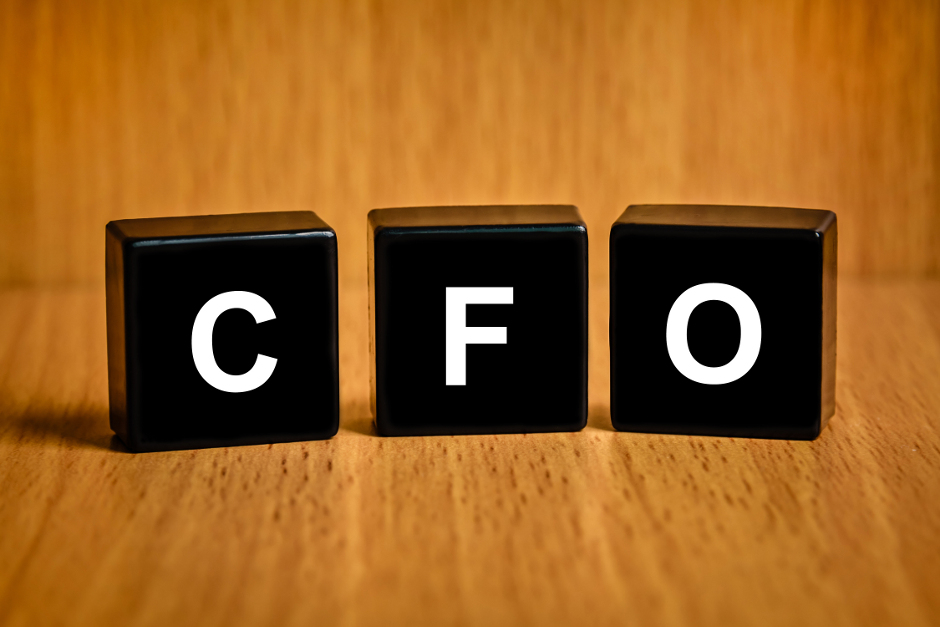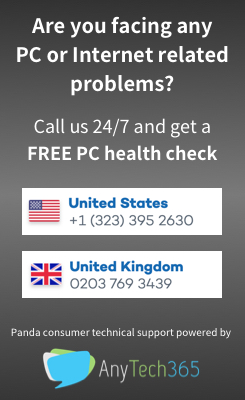More than simply allowing us to make calls, smartphones have become fully-featured entertainment centres. We can now listen to music and podcasts, or watch videos any place, any time.
But there is one drawback – your data plan. Every phone contract has two parts, ‘minutes’ for making telephone calls and ‘data’ for everything else.
Where does my data allowance go?
Typically measured in gigabytes, the data allowance is used towards email, instant messaging, social networking and media streaming. The more photos you share, or videos you stream from services like YouTube and Netflix, the quicker your data allowance will be used.
Once your data allowance has been used, you must wait until next month for your new allocation to begin – or pay for additional gigabytes.
To help understand where your allowance is going, you need to know how much data is being used by streaming services. The figures quoted below are the result of tests carried out Android Central, a smartphone news website.
Audio streaming
Services like Spotify, Apple Music and Pandora offer a wide selection of music and podcasts to enjoy on the move. The amount of data used by each service varies based on the audio quality; the better the quality, the more data used.
Low quality audio – best for talk radio services and podcasts – runs at 96kbps and uses 43.2MB of your allowance every hour. Normal quality (160kbps) uses 72MB and high-quality (320kbps) consumes 115.2MB per hour.
Most services auto-adjust according to the quality of your network connection, so the actual usage will fluctuate slightly. For a mobile contract that includes 2GB of data, you can listen to 17 hours of high-quality music.
Video streaming
Videos are much more data intensive, so you get even less from your allowance. A standard quality video running at 480p uses 700MB every hour. HD quality, like that on your home TV, runs at up to 2K resolution and uses up to 3GB per hour. Ultra-high definition – 4K resolution like the latest TVs – uses a massive 7.2GB per hour.
This means that your 2GB contract will stream less than 3 hours of standard definition video. And you can only watch a few minutes of 4K video each month.
Anything else?
It’s also worth noting that video calling services, like Apple FaceTime, Google Hangouts and Skype, come out of your data allowance. The same is true of video content shared on social networking websites like Instagram, Facebook and Periscope.
Managing streaming data usage
Mobile phone contracts offer data entitlements of between 500MB and 20GB, so you need to keep track of how much you use – or risk running out before the end of the month. By far the easiest way to avoid problems is to stream over WiFi wherever possible.
Android and iOS smartphones typically offer app controls that allow you to limit use of cellular data too. If you don’t want to use up your allowance too quickly, change the relevant setting to prevent use of mobile streaming.
But if you find that your mobile data allowance is still disappearing more quickly than expected, this may be a sign that something else is wrong. Unexpected data usage often indicates the presence of malware installed on your smartphone that is stealing data or being used in some kind of online scam. You should download and install a trusted anti-malware tool like Panda’s free Antivirus for Android that can alert you to suspicious activity quickly.
Streaming media is one of our favourite guilty pleasures – so long as we don’t run out of data allowance. Better managing use of streaming services should help avoid that trap in future.







1 comment
Great post.